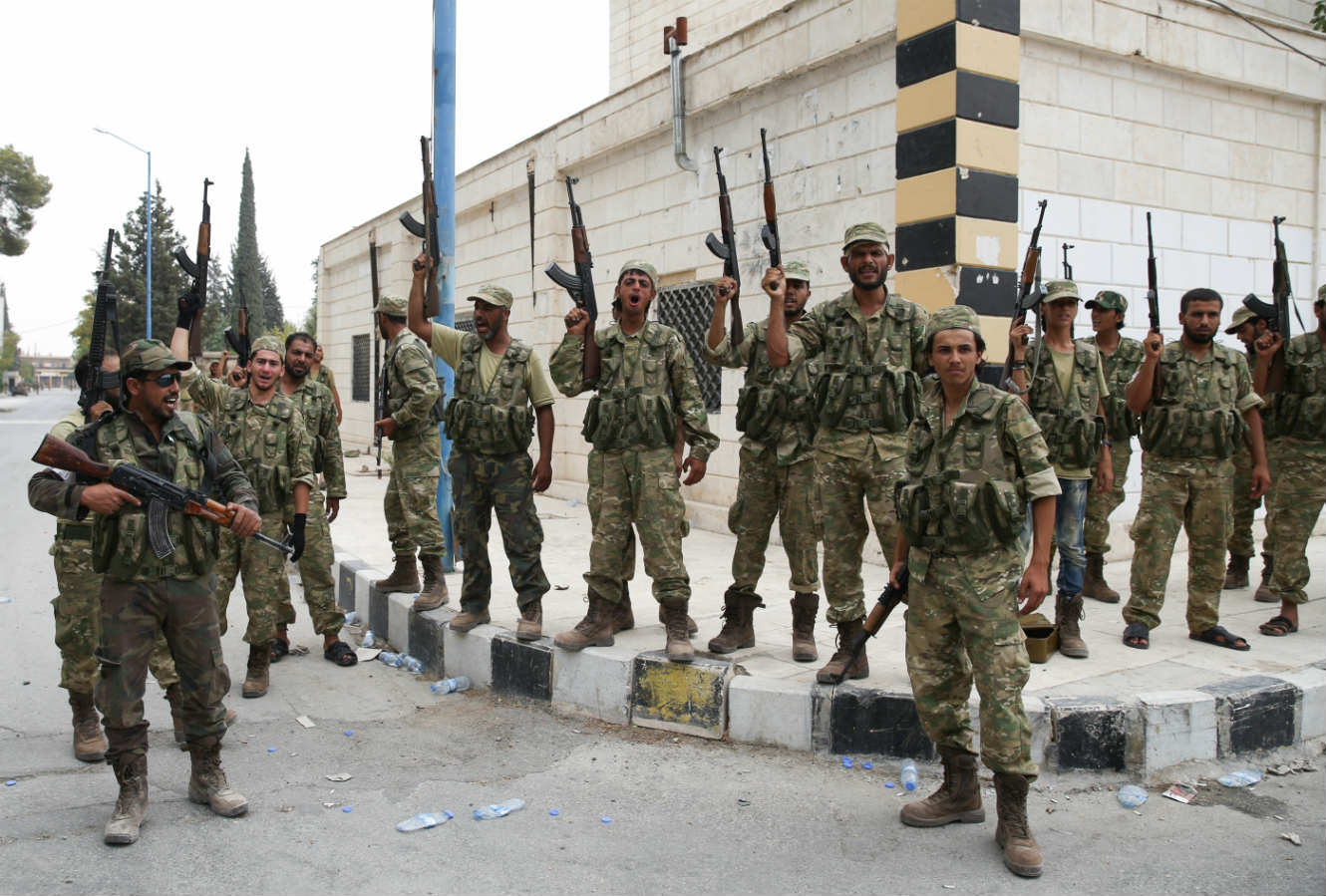On November 24, 2016, the Baathist regime of Syria attempted an escalatory plot by attacking the Turkish contingent in Syria on the anniversary of the downing of the Russian Su-24. Press sources reported that the attack was carried out by one or more Albatros aircrafts and that three Turkish soldiers were killed. At the time of writing, Turkish media marked the fourth casualty from the attack.
The Assad regime’s rancor stems from Turkey’s tangible military achievements on the ground that could be translated into permanent policy gains by a further push into the key town of al-Bab. Clearly, despite all drawbacks, especially the challenges emanating from anti-tank guided missiles and divisions among different opposition factions, Turkey’s Operation Euphrates Shield managed to successfully secure considerable depth in northern Syria, up to the very edge of al-Bab within three months. Moreover, Ankara’s diplomatic efforts enabled rapprochement with Moscow, and thereby, made it possible to support ground units with airpower, free of Russian molestation.
Discerning the meaning of the recent attack — its intent and the signal it was meant to send — in the context of other developments remains crucial to understand the Baathist regime’s next escalation patterns, as well as the trajectory of the northern front in the Syrian civil war. It seems clear that the regime has been preparing for such a provocative move since no later than the end of September 2016.
